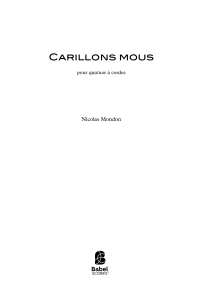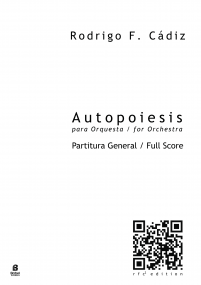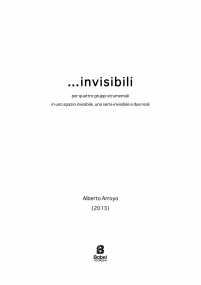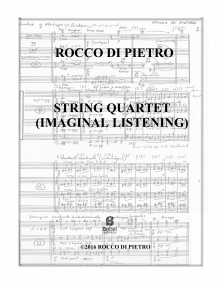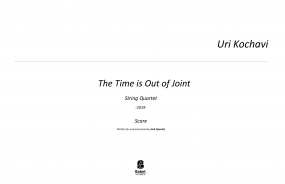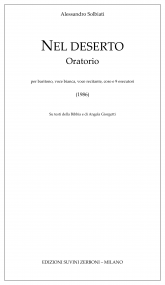The Topography of Desire
ISMN : 979-0-2325-2041-4
- Login to create your own lists
Like creeping ivy craving grows in one living carelessly.
And so, one leaps from life to life, like a jungly monkey seeking fruit.
Dhammapada, Verse 334.
We never live, but we hope to live; and always disposing ourselves
to be happy, it is inevitable that we never become so.
Blaise Pascal, Pensées Sec. II, § 172
I can't get no satisfaction, ‘cause I try and I try and I try and I try
Keith Richards
Why is desire so insatiable? Why shouldn’t it suffice to hear the words “I love you” spoken as a simple statement of fact? Instead, we need to experience loving behavior over and over again, as though it evaporates each time into some murky abyss of longing. Desire is a strange thing. Unending. Enthralling.
Lacan tells us that desire arises out of a gap between the world around us, including our biological drives, and the categories we use to symbolize it. On his account, desire’s truculence stems from our inability to adequately articulate the drives that give rise to it. The fact that we tend toward desiring behavior even after acquiring the things we think we want leads to an ever-fleeting search for new objects to stand in for this basic and fundamental lack.
Tracing this path, the piece explores the notion that such illusory presences (to wit, desires) are in fact the product of difference, of absence. These ideas take musical shape in the appearance of near unisons (in pitch, in time) spiraling around silent axis points. When two pitches are very close together (e.g., ¼-tone apart), they yield a strange presence – difference tones – evoking Lacan's portrayal of desire originating out of the gap between thought and thing. The poetics of the near miss.
In fact, the deferral of unity is a distinctive feature of Western musical history itself, when viewed as the gradual intensification of manufactured desire. From the late medieval period on, dissonance and the concomitant desire for resolution first become codified, standardized, and the protraction of desire intensified through the semitone/dominant function — culminating in works such as Tristan und Isolde.
From a similar viewpoint we can see that it is no coincidence that the late Enlightenment, the historical era that saw the most intense expression of belief in individual personal identity, was also the period in which we see the rise of thematic musical composition, such that musical themes actually begin to stand in for the identity of the works in which they appear.
Id–entity. Of course, when one really considers what it means to have an identity, a transcendental self, it is not at all clear that it is something distinct from thinking, feeling and experiencing the world in its fullness. As Sartre puts it, the self is really only there “in the corner of our eye” when we examine our own consciousness.
Navigating these questions, the quartet draws from a phantom theme — a melody that is always present but never articulated in a straight-forwardly melodic way. Sometimes it is presented so fast as to sound like a mere gesture, at times it is glacially slow or spread out across the entire range of the ensemble. Indeed, the notes of this melody are themselves drawn from the overtone series so that every time we hear a string plucked or bowed, the phantom theme is there, “in the corner of our ear.”
Pages - 28






